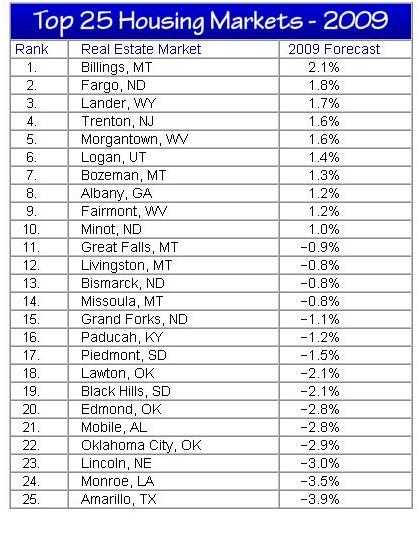But changes like these raise concerns among institutional investors who worry that companies may be looking for ways to pay bonuses regardless of performance."According to the proxy statement total comp for Anne was not $12,000,000. It was $10,941,907. It is composed of all kinds of things, but I'm a simple guy, so I went to the last column called total comp and copied and pasted.
I understand that this was awarded on the basis of rules that were set up a while ago. I also appreciate that these are based on legal agreements. But, so were the bonuses to the AIG folks, and so were all the executive comp packages that Barney Frank is going to look at in Congress.
Free advice to PR people
Get the following on someone's radar. It will make for a much better meeting on May 29th. Plus it will create about a gezillion dollars of earned media - Obama/Xerox/Education/. I don't think it can miss. All it takes is an email with a link. The subject line is "Just to get on your radar."
Free advice to Anne, Ursala, Lawrence and Jean-Noel
Anne, we love you for saving this company since you came on. I love you for your Copier Sales/ HR DNA. You are mostly the reason I bought and still hold the stock in my IRA in the first place. But, this comp is not right, not now.
I would think that changing the comp structure at this late date is much too complicated and distracting. But, consider setting up a foundation to fix bottom of the pyramid high school education, both in the schools and in the prisons. Trust me it's not that hard. It's all about learning to love to read books. Fund it with the 2008 stock awards. According to the proxy statement that's about $6,500,000. If Ursala, Lawrence and Jean-Noel kicked in it could be quite a nice start.
Get the Xerox foundation to pitch in. Fund the best efforts you can find on the ground. Not to Universities, but to educational start ups run by teachers in school buildings. Keep a look out for the ones that are not about technology, but about learning to love reading and writing. The really good news is that it's all about publishing real books and our technology.
Free advice to the Board of Directors
Nice move in changing comp, as described by the NYTimes, but consider comp based on a couple of more metrics.
1 Dividends instead of just EPS. It's going to be long slog to get the stock price up. Maybe 5% a year will make it worth the wait.
2. Employee satisfaction surveys. Anonymous, do it on line. Get some experts to put together questions measuring morale. Since the human capital is the defensible value creator, it's the most important thing to measure. My first thought is ask everyone "Do you think the company is on the right track?"
Meanwhile, here's a snippet from the NY Times story:
With Goals Tougher to Make, Rules Change on Bonuses - NYTimes.com:Xerox has dropped revenue growth as a factor in determining bonuses for its executives, the company disclosed recently in regulatory filings. The company will rely instead mostly on cash flow and secondarily on earnings per share.
“In this unstable economy it is critical that we focus on cash generation and earnings,” said Carl Langsenkamp, a Xerox spokesman, in an e-mail message. “So as the economy shifts, there are times that we reset priorities.”
Under the old system, which included revenue growth, Xerox’s chief executive, Anne M. Mulcahy, got a bonus of $990,000 for 2008, less than half of the $2.2 million she received a year earlier. Other top executives saw similar reductions in their bonus awards, according to Xerox’s proxy.
But changes like these raise concerns among institutional investors who worry that companies may be looking for ways to pay bonuses regardless of performance.












